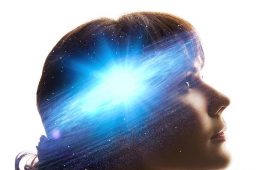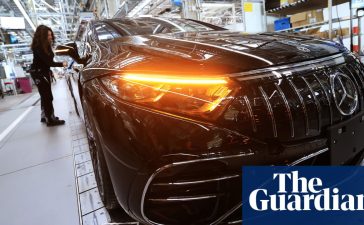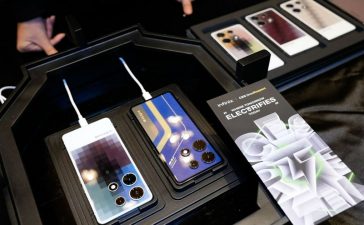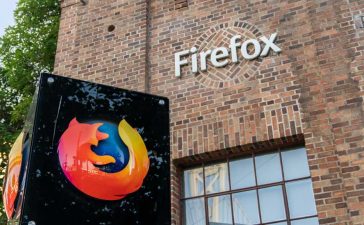Way back in 2011 Marc Andreessen, a venture capitalist with aspirations to be a public intellectual, published an essay entitled “Why Software Is Eating the World”, predicting that computer code would take over large swaths of the economy. Thirteen years on, software now seems to be chomping its way through academia as well. This, at any rate, is one possible conclusion to be drawn from the fact that the computer scientist Geoffrey Hinton shares the 2024 Nobel prize in physics with John Hopfield, and that the computer scientist Demis Hassabis shares half of the Nobel prize in chemistry with one of his DeepMind colleagues, John Jumper.
The award to Hassabis and Jumper was, in a way, predictable, for they built a machine – AlphaFold2 – that enables researchers to solve one of the toughest problems in biochemistry: predicting the structure of proteins, the building blocks of biological life. Their machine has been able to predict the structure of virtually all the 200m proteins that researchers have identified. So it’s a big deal – for chemistry.
But Hinton is not a physicist. Indeed, he was once introduced at an academic conference as someone who had “failed at physics, dropped out of psychology and then joined a field with no standards at all: artificial intelligence”. And he spent a year after graduation working as a carpenter. Yet he’s the guy who found the method (“backpropagation”) that enables neural networks to learn, which was one of the two keys that unlocked machine learning and triggered the current manic rise of AI. (The other was the invention of the transformer model by Google researchers in 2017).
Where’s the physics in all this, though? That comes from Hopfield, with whom Hinton shares the prize. “Hopfield networks and a further development of them called Boltzmann machines were based on physics,” Hinton explained to the man from the New York Times. “Hopfield nets used an energy function, and the Boltzmann machine used ideas from statistical physics. So that stage in the development of neural networks did depend – a lot – on ideas from physics.”
So that’s all right then. But the media often describe Hinton as “the godfather of AI”, which has a vaguely sinister ring to it. In person he’s the opposite: tall, amiable, courteous, cerebral and endowed with a wry and occasionally caustic wit. When asked by Cade Metz for his reaction when he got the news of the prize, he replied that he was “shocked and amazed and flabbergasted”, which I guess is what most people say. But in 2018 he shared the Turing award – computer science’s equivalent of the Nobel – with Yoshua Bengio and Yann LeCun, for their work on deep learning. So he was always in the top league. It’s just that there isn’t a Nobel prize in computer science. Given the way software is eating the world, maybe that should change.
There’s an old joke that the key to becoming a Nobel laureate is to “live longer” than your rivals. Hinton, now 77, clearly took note. But actually the most admirable thing about him is the dogged persistence with which he continued to believe in the potential of neural networks as a key to artificial intelligence long after the idea had been discredited by the discipline. Given how academia works, especially in a fast-developing discipline like computer science, that required exceptional determination and self-confidence. Perhaps what kept him going in his darker moments was the thought that his great-great-grandfather was George Boole, the 19th-century mathematician who invented the logic that underpins all of this digital stuff.
One thinks also about the impact that the prize has on people. When news of Hinton’s prize came through I thought of Seamus Heaney, who was awarded the literature prize in 1995. He described the experience as “like being hit by a mostly benign avalanche”. Note that “mostly”: one of the consequences of a Nobel is that winners immediately become public property, of which everyone and their dog wants a slice. “All I do nowadays is ‘turn up’,” Heaney wrote resignedly to a friend in June 1996. “I’m a function of timetables, not an agent of my own being. And it’s going to be like this for weeks and months still… Whatever the Stockholm effect will be finally, its immediate result is a desire to quit the job and get started again in propria persona (in my own person).”
So… Memo to Geoff: many congrats. And keep control of your calendar.
What I’ve been reading
Talk this way
Is a Chat With a Bot a Conversation? is a fabulous New Yorker essay by the historian Jill Lepore about her interactions with GPT-4o, Advanced Voice mode.
Interesting times…
October 2, 2024. This particular issue of Heather Cox Richardson’s indispensable Substack blog is a gem.
A real page turner
The Elite College Students Who Can’t Read Books is an intriguing report in the Atlantic by Rose Horowitch.












